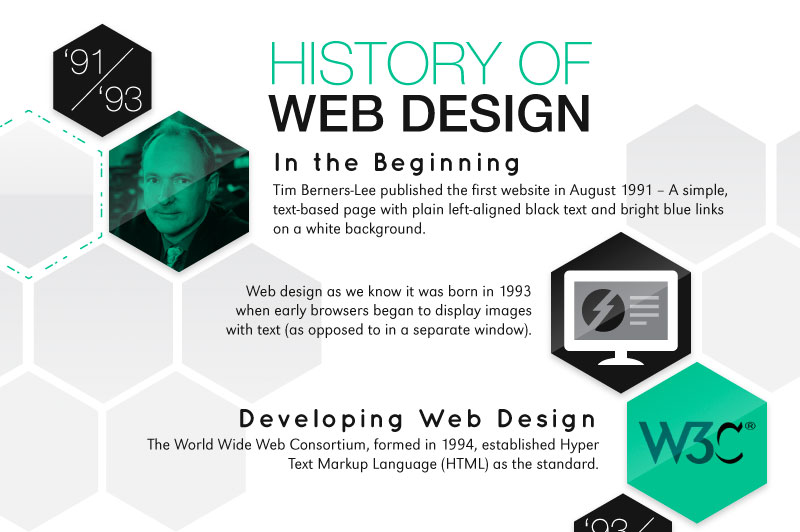In the past, websites were straightforward and concentrated on details. custom seo packages was straight, and style was for desktop computers. Now, customer experience is key. Data overviews designs for easy navigation. Responsive formats suit different tools. Today, dark setting lowers strain, and minimal menus enhance navigation. Interactive functions involve individuals, and bold visuals stick out. AI integration improves interaction. See exactly how design has evolved to boost your online trip.
Very Early Days of Website Design
In the very early days of website design, simpleness reigned supreme. just click the following website were standard, with minimal shades, font styles, and formats. The focus got on supplying details instead of fancy visuals. Individuals accessed the net with slow dial-up connections, so speed and functionality were essential.
Navigation menus were straightforward, typically situated at the top or side of the web page. Sites were developed for desktop, as mobile browsing wasn't yet widespread. Web content was king, and developers prioritized simple readability over complicated layout elements.
HTML was the main coding language utilized, and designers needed to work within its constraints. Animations and interactive features were marginal contrasted to today's criteria. Sites were static, with little dynamic material or customized customer experiences.
Surge of User-Focused Style
With the advancement of site layout, a change towards user-focused layout concepts has actually ended up being progressively popular. Today, creating sites that focus on user experience is crucial for involving site visitors and accomplishing organization goals. User-focused design entails comprehending the demands, preferences, and behaviors of your target audience to customize the web site's layout, material, and includes accordingly.
Designers now perform comprehensive research study, such as customer surveys and use screening, to collect insights and comments straight from individuals. This data-driven approach helps in creating intuitive navigating, clear calls-to-action, and visually enticing user interfaces that reverberate with site visitors. By putting the individual at the facility of the design procedure, websites can deliver a more personalized and enjoyable experience.
Receptive layout has actually additionally become an essential facet of user-focused design, making certain that web sites are optimized for numerous tools and display dimensions. This adaptability boosts ease of access and usability, satisfying the varied methods individuals interact with websites today. Essentially, the increase of user-focused style signifies a shift in the direction of developing digital experiences that prioritize the demands and assumptions of the end customer.
Modern Trends in Website Design
Discover the most up to date trends forming website design today. One famous trend is dark setting style, using a streamlined and modern appearance while reducing eye pressure in low-light atmospheres. An additional vital trend is minimal navigating, streamlining food selections and boosting customer experience by focusing on essential elements. Incorporating micro-interactions, such as computer animated switches or scrolling results, can produce a more appealing and interactive internet site. Responsive design stays essential, ensuring seamless individual experiences across various gadgets. In addition, using strong typography and asymmetrical layouts can add aesthetic rate of interest and draw attention to certain web content.
Incorporating AI innovation, like chatbots for customer assistance or personalized recommendations, improves individual engagement and simplifies procedures. Ease of access has likewise become a substantial trend, with designers focusing on comprehensive design practices to deal with varied customer requirements. Accepting sustainability by enhancing website performance for rate and effectiveness is another emerging fad in web design. Teaming up with customer feedback and information analytics to repeat and enhance style constantly is necessary for remaining pertinent in the ever-evolving digital landscape. By embracing these modern-day patterns, you can create an aesthetically enticing, user-friendly web site that reverberates with your target market.
Final thought
As you assess the advancement of website design from the early days to now, you can see exactly how user-focused design has become the driving pressure behind contemporary trends.
Embrace the trip of change and adaptation in website design, always keeping the user experience at the center.
Remain current with the most up to date trends and modern technologies, and never ever stop evolving your method to create aesthetically sensational and easy to use web sites.
Evolve, adapt, and produce - the future of website design is in your hands.
